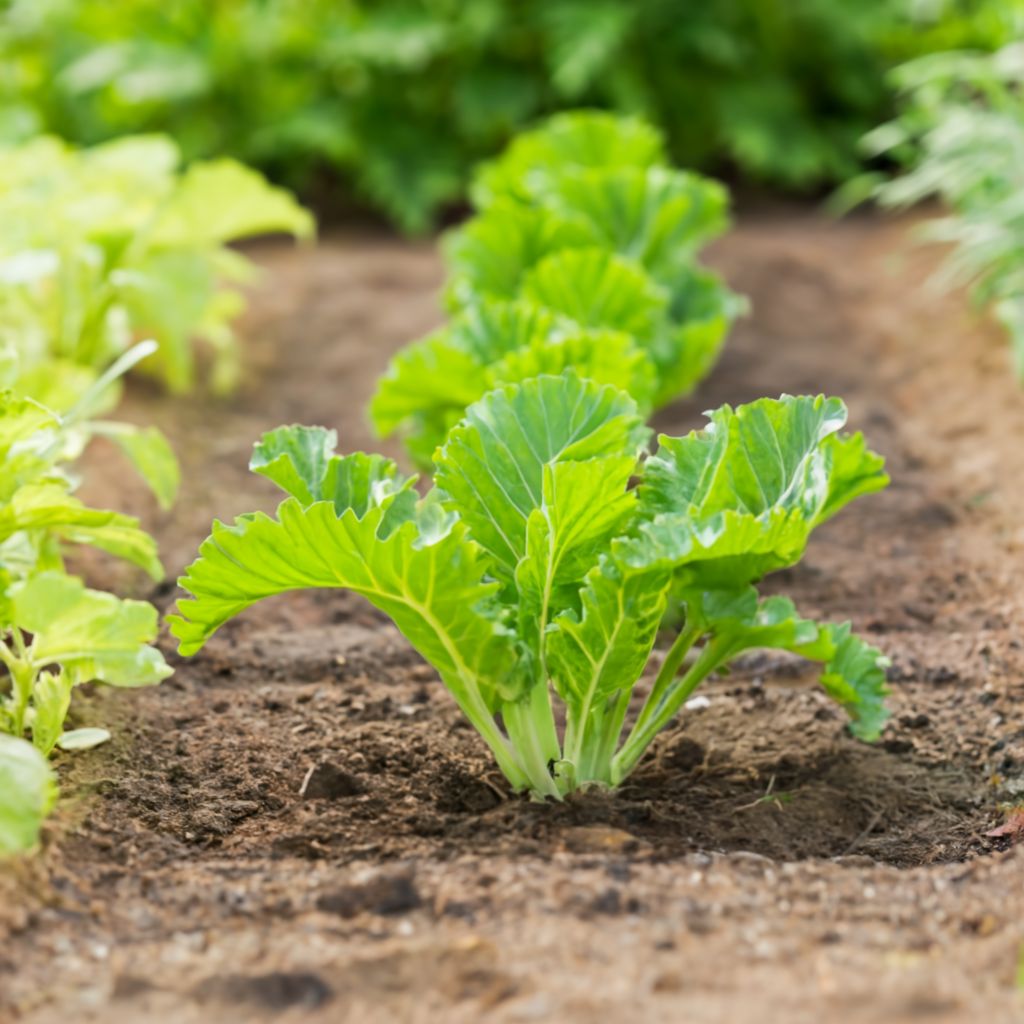
This post may have affiliate links. This means that sometimes when you click a link on our site and make a purchase on Amazon, we may earn a small commission at no additional cost to you. We only recommend products we truly believe in, and your support helps keep us running!
So you’ve got raised bed bursting with potential, ready to nurture a glorious bounty of root vegetables. But wait! Before you dive headfirst into planting, consider the power of companion planting. Think of it as throwing a veggie block party, where each guest brings unique talents to benefit the whole crew. Let’s ditch the solo act and introduce 15 companion plants that will turn your raised bed into a thriving rootin’ tootin’ community!
The Pest Patrol Posse
- Garlic, the Defender: This pungent superhero wards off aphids, spider mites, and even beetles with its powerful aroma. Imagine garlic as a grumpy bouncer, keeping unwanted guests out of your veggie party.
- Marigolds, the Dazzling Decoys: These vibrant beauties don’t just add a pop of color, they act as sacrificial lambs, attracting harmful pests away from your precious roots. Think of them as flashy distractions, luring the bad guys away from the real stars of the show.
- Nasturtiums, the Colorful Shields: These edible flowers boast a spicy flavor that repels whiteflies and aphids. Picture them as living shields, their spicy essence deterring any insect trying to crash your rooty gathering.
The Nutrient-Sharing Squad
- Beans, the Nitrogen Fixers: These leguminous legumes act like tiny factories, churning out nitrogen and enriching the soil for your root vegetables. Think of them as generous neighbors, sharing their wealth to fuel the growth of the entire community.
- Peas, the Nitrogen Ninjas: Similar to beans, peas quietly work their magic by adding nitrogen to the soil. They’re the silent contributors, working tirelessly to create a thriving environment for everyone.
The Pollinator Powerhouse
- Borage, the Buzzing Beacon: This delicate beauty attracts bees and other pollinators with its nectar-rich blooms. Imagine it as a flashing neon sign, calling out to all the helpful pollinators to come join the party and ensure bountiful harvests.
- Dill, the Feathery Friend: This herb not only adds a delightful flavor to your dishes but also attracts beneficial insects like hoverflies and parasitic wasps. Think of it as the party planner, inviting the good guys to keep the pest population in check.
The Flavor Fusionists
- Basil, the Aromatic Ally: This fragrant friend enhances the flavor of carrots and tomatoes while repelling harmful insects. It’s the culinary matchmaker, bringing different flavors together and keeping the bad guys at bay.
- Chives, the Subtle Synergist: This delicate herb not only adds a delightful oniony flavor to carrots but also deters carrot flies. Imagine it as the secret ingredient, adding a touch of magic and keeping the flies away.
The Shade Squad
Lettuce, the Cool Cover: This leafy friend provides much-needed shade for shallow-rooted vegetables like carrots and radishes, especially during the hot summer months. Think of it as the living umbrella, offering cool protection for your sun-sensitive rooty pals.
The Weed Warriors
Radishes, the Speedy Scouts: These fast-growing vegetables germinate quickly, helping to suppress weeds before they can take root. Picture them as the weed patrol, nipping problems in the bud before they can take over your veggie party.Ttips and guidelines for incorporating companion plants into a raised bed garden:
Tips For Succesful Companion Planting In A Raised Bed Garden
- Consider Planting Layout: When planning your raised bed garden, arrange companion plants strategically. Group together plants with similar needs for sunlight, water, and soil conditions. Place taller plants towards the back of the bed and shorter ones towards the front to ensure everyone gets adequate sunlight.
- Spacing: Pay attention to spacing requirements for each plant to avoid overcrowding. Overcrowding can lead to competition for nutrients, water, and sunlight, which can hinder growth and productivity. Follow spacing recommendations provided on seed packets or gardening guides for each plant species.
- Companion Plant Combinations: Choose companion plants that complement each other’s growth habits and characteristics. For example, tall plants like tomatoes can provide shade for shorter, sun-sensitive crops like lettuce. Additionally, select plants that have synergistic relationships, such as those that attract beneficial insects to control pests or fix nitrogen in the soil to support other plants’ growth.
- Succession Planting: Plan for succession planting to maximize space and extend the growing season. After harvesting one crop, replace it with a companion plant that thrives in the current season or complements the remaining crops. This ensures continuous productivity and minimizes gaps in the garden bed.
- Crop Rotation: Practice crop rotation to prevent soil depletion and reduce the buildup of pests and diseases. Rotate companion plants in different areas of the raised bed or garden each season to maintain soil fertility and overall plant health.
- Utilize Vertical Space: Take advantage of vertical space in your raised bed garden by growing climbing or vining companion plants. Trellises, stakes, or cages can support plants like peas, beans, cucumbers, or tomatoes, maximizing space and increasing productivity.
- Monitor and Adapt: Regularly monitor your raised bed garden for signs of pests, diseases, or nutrient deficiencies. Adjust your companion planting strategy as needed based on observations and feedback from your plants. Be flexible and open to experimenting with different companion plant combinations to find what works best for your garden.
